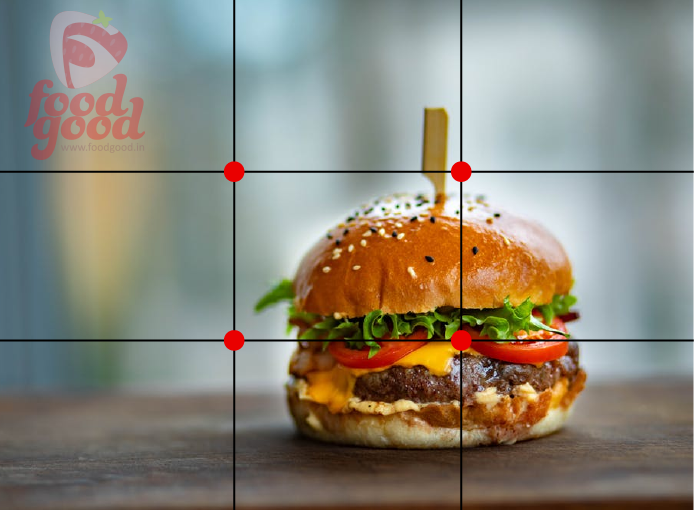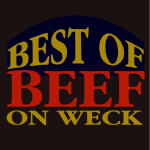Photographing food has evolved into a significant art form. When photographing the best Beef on Weck sandwich you have ever had, use these tips to elevate your food photography skills:
Lighting is Key: Natural light is your best friend when photographing food. Avoid harsh overhead lights or direct sunlight, which can create unflattering shadows and highlights. Try rotating your plate until the lighting looks the best. If it is a dark restaurant, resist the temptation to use flash – it will wash out the highlights and create unnatural shadows.
Composition Matters: Arrange the elements of your dish thoughtfully. Use the rule of thirds to place your main subject off-center for a more dynamic composition. Experiment with different angles—a bird’ s-eye view, a 45-degree angle, or even a close-up macro shot—to find the most appealing perspective for each dish. Be sure that the sandwich shows the meat and the roll.

Background and Props: If possible, choose a background that complements but doesn’t overpower your food. Neutral colors like white, beige, or light gray often work well as they don’t distract from the main subject. Incorporate props such as utensils, napkins, or ingredients related to the dish to add context and visual interest, but be mindful not to clutter the scene with all the non-essential “stuff” usually found on a restaurant table. Be sure to include something white.
Focus on Details: Highlight the textures and details of the food. Use a wide aperture (low f-number or portrait mode) to create a shallow field depth, blurring the background and drawing attention to specific elements like garnishes or sauce texture. Ensure the focal point is sharp and focused to show the best part of the sandwich properly.
Color and Contrast: Pay attention to color harmony and contrast. Vibrant, colorful foods can pop against a muted background, while monochromatic dishes benefit from subtle variations in tone. Consider the color wheel when selecting props or garnishes to create visually appealing combinations. The horseradish is the most challenging thing to photograph, as it picks up the color of whatever surrounds it and can look old and stale when fresh.
Experiment with Angles and Perspectives: Be bold and get creative with your shots. Capture overhead shots for flat-lay compositions, close-ups to emphasize textures, or even incorporate hands or utensils to convey a sense of preparation or consumption. Shoot lots more photos than you need to ensure you capture the best image.
Post-Processing: Enhance your photos subtly with post-processing tools like Adobe Lightroom or Affinity Photo. Adjust exposure, contrast, and white balance to fine-tune your image while maintaining a natural look. Avoid heavy-handed filters or effects that can make your food appear artificial. Don’t try to make the beef look rare when well done, but use that white item to balance the photo’s color.
Tell a Story: Every dish has a story. Consider the context, preparation process, or cultural significance of the food you photograph. Capturing these elements can create a narrative that resonates with your audience and makes your photos more engaging.
Mastering food photography requires practice, patience, and a keen eye for detail. Experiment with different techniques, learn from feedback, and develop your unique style to showcase food that looks delicious and tells a compelling visual story.
